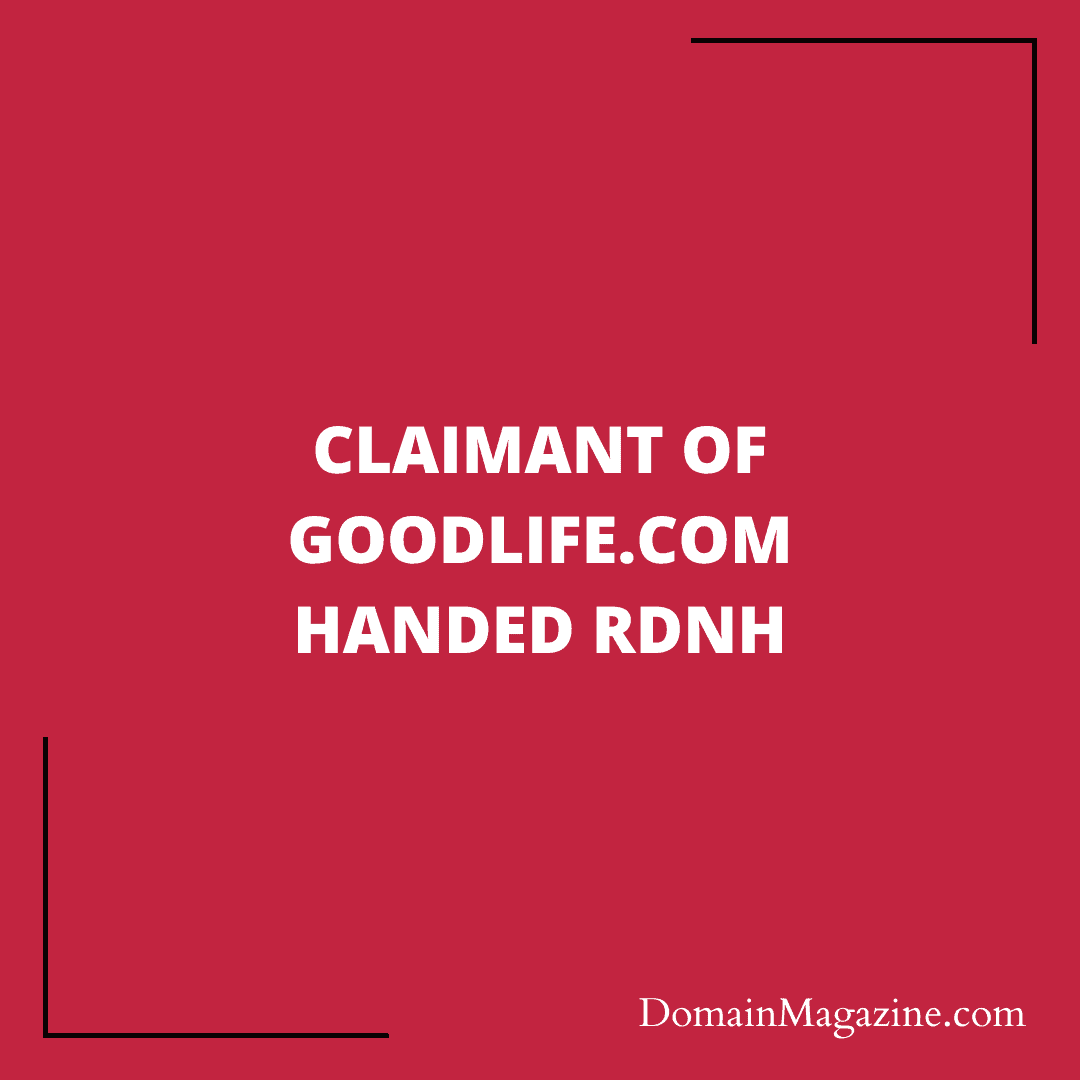UDRP is not the procedure where a party approaches just because it needs a domain name. There should credible reasoning, arguments and facts upon which the dispute should stand and be credible. To protect against any such misadvantage that could be levied on the procedure, an additional provision of Reverse Domain Name Hijacking has been established.
GL Concepts LLC is a US based firm. The firm owns the trademark rights over GOODLIFE, which was registered on June 9, 2015. The firm filed a UDRP dispute over the domain name GoodLife.com.
The complainant claimed that the domain name wasn’t used for bonafide activities. The domain name was used as a landing page that has no substantial offerings. The Complainant claimed that the only purpose that the domain name fulfilled is devoiding the complainant from using its registered trademarks. The Respondent also demanded an amount in exchange of the disputed domain name, which was atrocious. On these grounds the Complainant wanted the domain name transferred.
The Respondent didn’t respond to the arbitration. However, it was found that the domain name was registered on September 24, 1998. 17 years before the complainant acquired the trademark rights. The complainant further claimed rights from 1999, owing to first use of the mark.
The panel found that the domain registration preceded the trademark registration by a long time period. Even if the complainant’s suggested timestamp of first use was considered, it still succeeded the domain registration by a year. Moreover, the complainant couldn’t prove the bad faith in the domain registration. For a UDRP complaint to succeed all three criteria needed to be satisfied. SInce, bad faith couldn’t be established, the whole case falters. The complaint was denied.
However, the panel noted that the complainant was represented by counsel. In such a situation the complainant should have known that proving bad faith on the part of respondent would be difficult. The complainant’s registered marks succeed the domain’s registration as well. Based on these circumstances, the panel awarded the complainant with a RDNH as well.
You can read the full case in detail here.


Join the Discussion